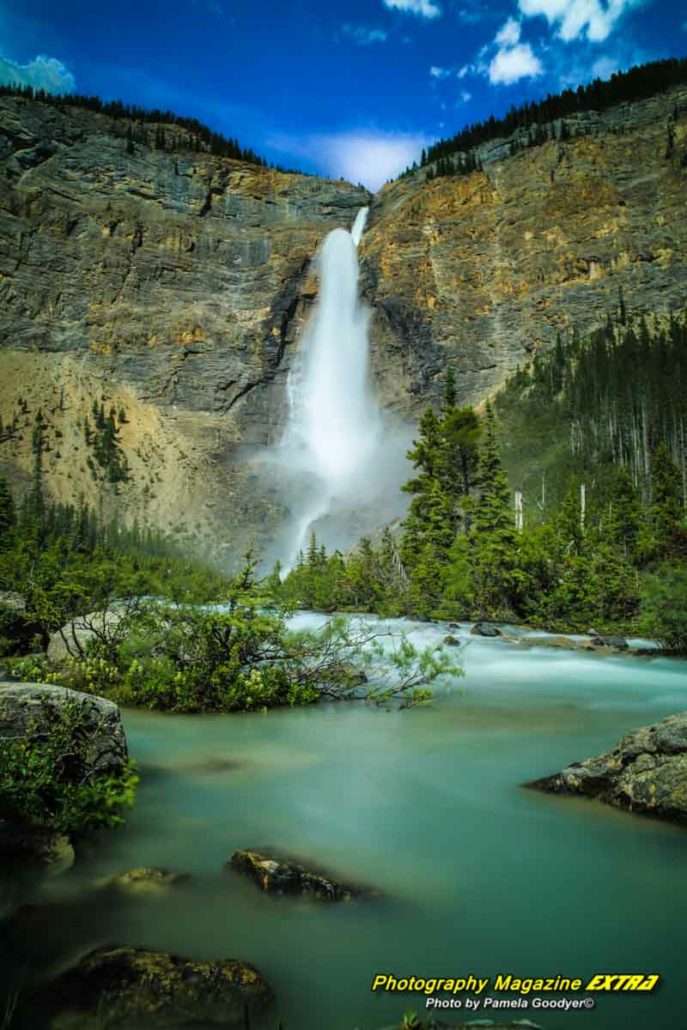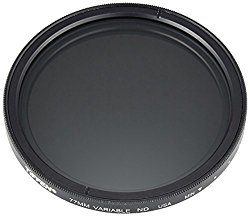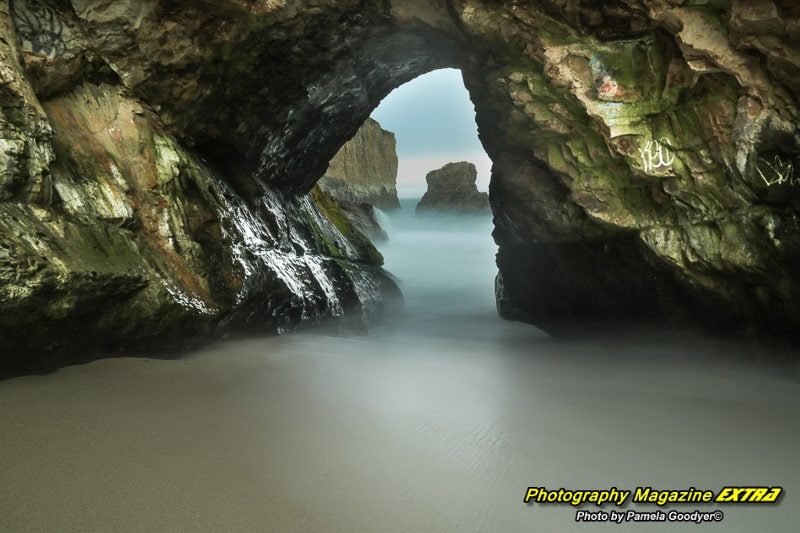Neutral Density Filters Explained
What is a Neutral Density Filter, and what do you use it for?
A neutral density filter, also known as an ND filter, is a tool used in photography to control the amount of light entering the lens. This allows photographers to adjust elements such as aperture, exposure time, and sensor sensitivity, helping them avoid overexposed images. By using this type of filter, photographers can achieve desired visual effects, such as a shallow depth of field or motion blur, even in challenging lighting conditions. For instance, they can use a slow shutter speed to create a blurred effect on moving subjects. Photographers often employ this technique for artistic purposes. Examples of these applications include:
- Blurring water motion, such as streams and waterfalls.
- Reducing the depth of field.
- Add motion blur.
- Extend the length of the exposure.
To capture the desired milky water effect, one can adjust the shutter speed while photographing a waterfall. A slower shutter speed of five seconds may be necessary to achieve the desired effect. However, on particularly sunny days, even at the smallest aperture setting, the five-second shutter speed may result in overexposure due to excess light entering the camera. To combat this issue, using a neutral density filter can effectively reduce the amount of light entering the camera and allow for longer shutter speeds without overexposing the photo.
These handy tools allow photographers to use their wide-aperture lenses in bright lighting without worrying about overexposure. This means they can still achieve shallow depth of field and selective focus effects even when the camera’s shutter speed isn’t fast enough. They block the light so your images are not overexposed.
Even with today’s advanced cameras and electronic shutters, ND filters still have a place in photography for those moments when the lighting is too intense. They provide a solution for creating stunning shots without sacrificing quality or creativity.
SHUTTER SPEED FOR BEGINNERS
For beginners in photography, one crucial aspect to grasp is shutter speed. This setting controls the time the shutter remains open and allows light to enter the camera’s sensor. A longer exposure of just two seconds can result in overwhelming light, thoroughly washing out your photograph with a blinding white glow.
By adjusting the speed of the shutter, we can control the amount of light that enters our camera. When we rapidly open and close the shutter, it captures a moment in perfect clarity. However, if we leave it open longer, moving objects will appear as blurred streaks against sharp, still backgrounds. This is particularly useful in waterfall photography, where photographing the rushing water in crisp detail while allowing the stationary rocks to remain clear creates a beautiful contrast. A tripod is essential for this technique, ensuring that only selected elements are captured with precision while everything else moves around them.
With the sun blazing overhead, taking a clear photo was nearly impossible. The light was searing and harsh, making it difficult to even expose for a tenth of a second. But with the help of a neutral density filter, we could extend the shutter speed, allowing for a long exposure shot. It was like putting sunglasses on your camera, shielding it from the intense brightness and allowing us to capture the moment with precision and clarity.






 Photography, Lessons, Workshops and Classes.
Photography, Lessons, Workshops and Classes.
